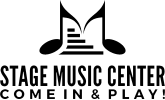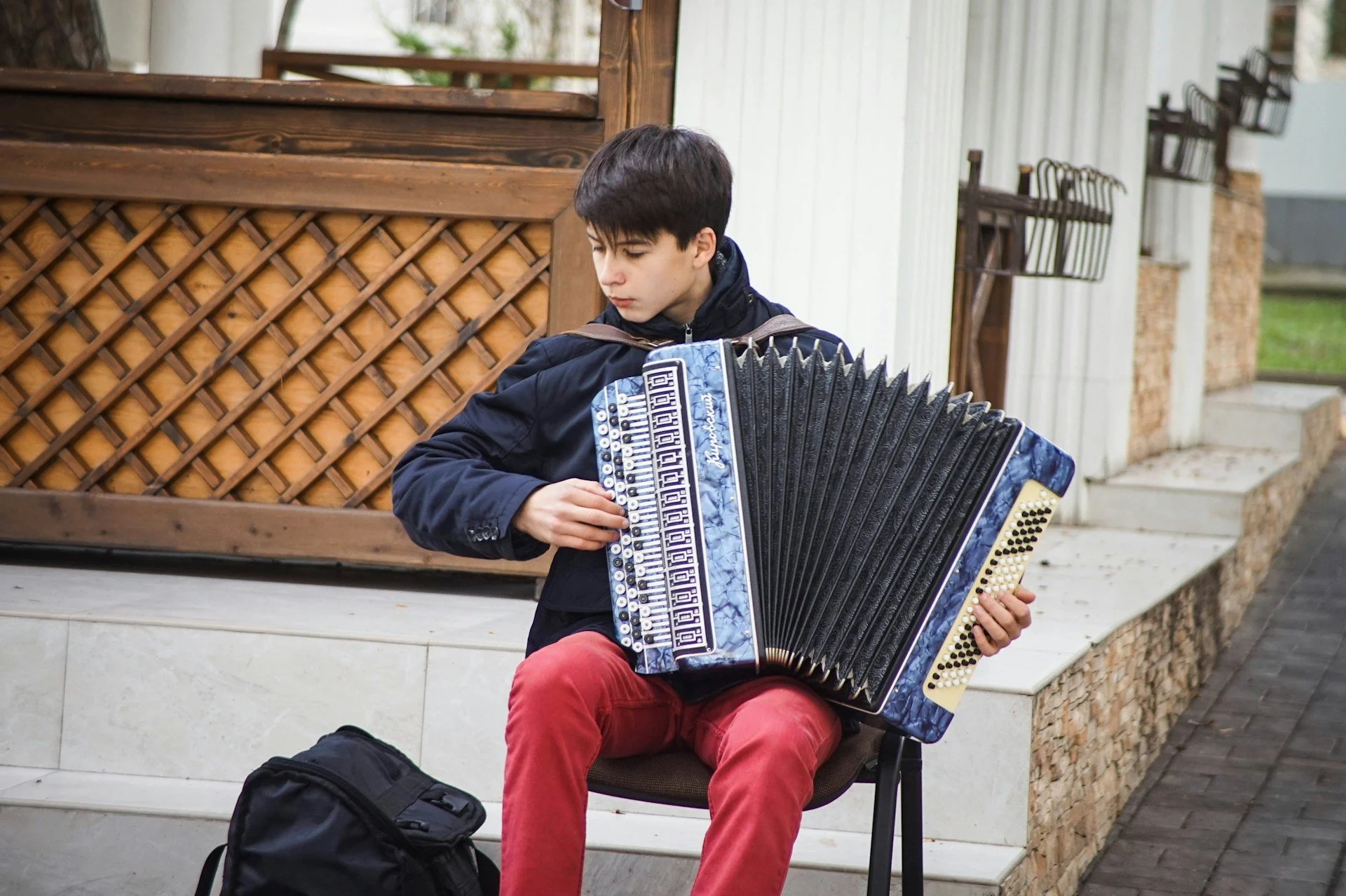The accordion is similar to a portable piano. It is a wind instrument, comprising two reed organs that are connected by folding bellows. Like the piano, the accordion hosts a keyboard to frame the melodies of the tunes. The sounds are produced by compressing and expanding the bellows - a mechanism that pumps air to the reed organs.
Read MoreHave you heard about the benefits of biomusic? Or the mystique and sometimes — okay, we’ll say it — weirdness of this genre? What’s that, you say you’ve never heard of biomusic ? Well, you’ve come to the right place.
Read MoreThere has been no shortage of change – unexpected change – this year, and with the change comes tremendous stress, uncertainty and disruption. Plans cancelled, events postponed, schedules totally irrelevant.
In the early weeks of Covid, many of us thought this disruption would end by April. As time, and uncertainty continues, we have modified our behavior to accommodate the ‘new normal’. That means most of our interactions are virtual, and our activities are carried out remotely.
Read MoreParents want what’s best for their child, and music teachers want what’s best for their student. By working together, parents and teachers can provide the best musical learning environment, both at home and at school, for students.
Read MoreWhen we talk playing an instrument, we often think of electric guitars, or keyboards. But one of the top ten instruments people love to play, four of them are wind instruments: the clarinet, flute, saxophone and harmonica.
Read MoreMusic lessons can play an incredible role in your child's life. Not only do they encourage burgeoning talent and foster a sense of perseverance and accomplishment, but they also have the potential to offer far-reaching social, emotional, and academic benefits that can prepare children for success.
Read More






